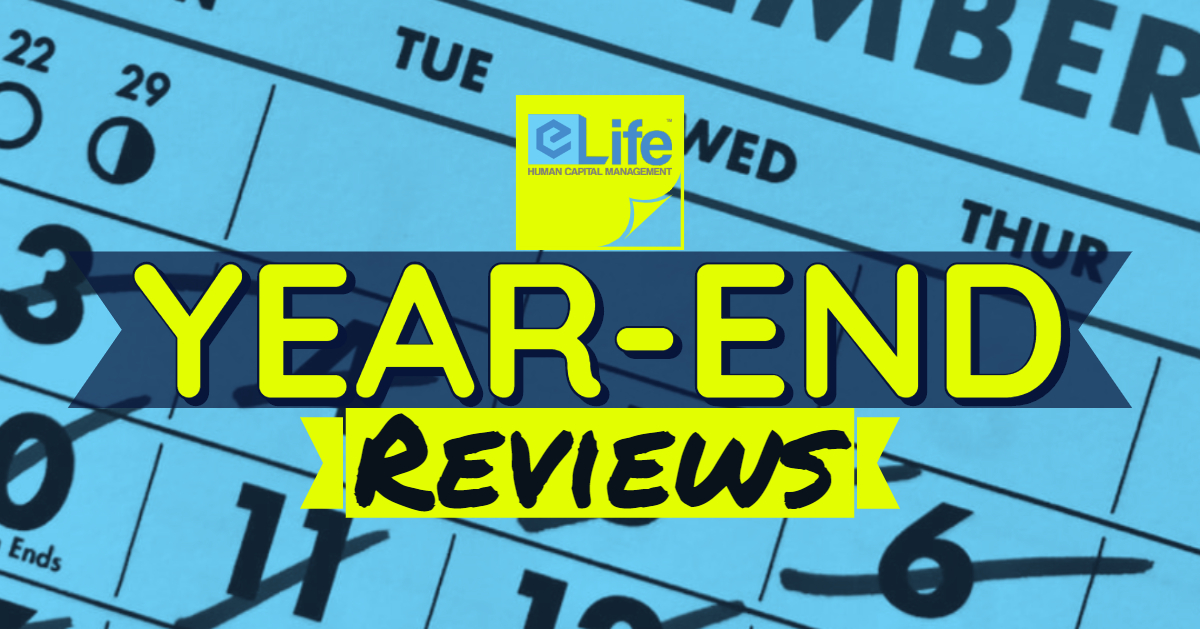How to survive life at home
If you would have told me last year most of the population would be working from home instead of in their office, I would have doubted you and may have thought you were crazy. However, as I write this article, I am working from home sitting across the room from my wife, also working from home.
As thousands of people are adjusting to this way of working, it is important to remember just because you are working from home, does not mean your goals no longer matter. Now, more than ever, it will be important to focus on goals and tasks to ensure your success. With markets closing or slowing down and companies furloughing employees, the challenge to meet your goals is even harder yet for you and your company. To survive, those numbers are going to have to be hit.
I have a few tips to help you succeed the struggles of adjusting to working at home.
Get dressed
As odd as it may seem, the more routine you can keep your day, the more productive you will be. Just like a normal day, get out of bed, shower and get dressed ready for the day. When you take the commute from your bedroom to your home office, the routine of getting dressed will get your mind in the work mindset and will help you to be productive. It is probably a mental thing, but if you get up and get dressed like you were going to work, then you will be more productive.





